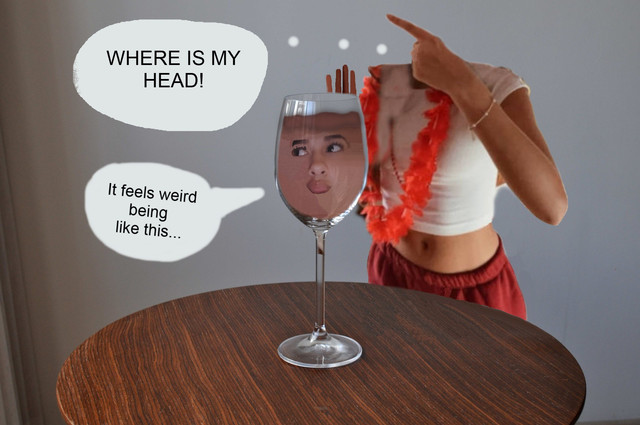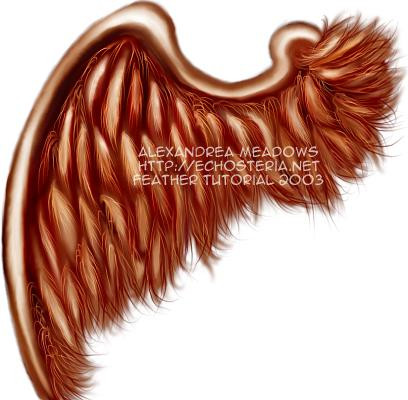HOME | DD
 moondragonwings — Wing structure
moondragonwings — Wing structure

Published: 2010-11-15 09:26:01 +0000 UTC; Views: 2637; Favourites: 32; Downloads: 165
Redirect to original
Description
This is not 'How to draw Wings' ,You may draw them any way you please, this how I think about wings on Earth based vertebrates.The forelimb, (Arm or wing) begins at the shoulder joint which is a ball joint allowing a wide range of movements of the first segment of the limb, that is made up of a single strong bone which supports the strength and weight of the rest of the limb with muscles extended from the body giving strength and stability to the limb.
The next joint is the elbow where the upper limb meets with the lower limb - which consists of two long bones, they provide the ability to twist and flex the lower arm. The ability to twist is key in controlling the flow of air over a flying limb, controlling lift.
Next is the wrist, here is where differences become more pronounced. the number and shape of the wrist bone varies but they provide even greater flexibility and more subtle movement providing a base of stability for the 'hand'.
In a bat wing, the hand bones are short, and the fingers are still separate, and flexion of the fingers controls subtle changes in flight direction. The fingers are not well muscled, tendons provide the strength and pull, as in a human hand.
In a feathered wing, the wrist is less complicated, and the hand is not intricate or flexible, being completely fused without divergent fingers (Though some prehistoric forms have a vestigial thumb...)The finger bones do move, and the muscles that support the feathers are capable of making subtle changes on the surface shape of the wing, the dropping or raising of a single flight feather can change the wing surface enough to adapt to ever changing air flow.
Consider this too, the top surface of the wing is usually 'smoother', birds tend to have bald 'arm pits' and fewer layers of feathers to prevent the rubbing from wing to body that would damage the feathers. On a bat the fingers are on the underside of the wing-sail (surface).
I forgot to mentionthe tendon, streching from ther upper limb to the lower which keeps the wing from hyper extending at the elbow, which would weaken the wing.
The bottom illustration is the upper surface of a wing in downstroke, the colors are
Primary Flight - Turquoise
Secondary Flight- Blue
Primary Coverts - Dark Turquoise
Secondary Coverts - Dark Blue
Median Coverts - Purple
For the best illustration for the feathersI have seen see [link]
Related content
Comments: 2

Thanks! Several people wanted bases, and I decided to make the structure notes to go with!
👍: 0 ⏩: 0


























